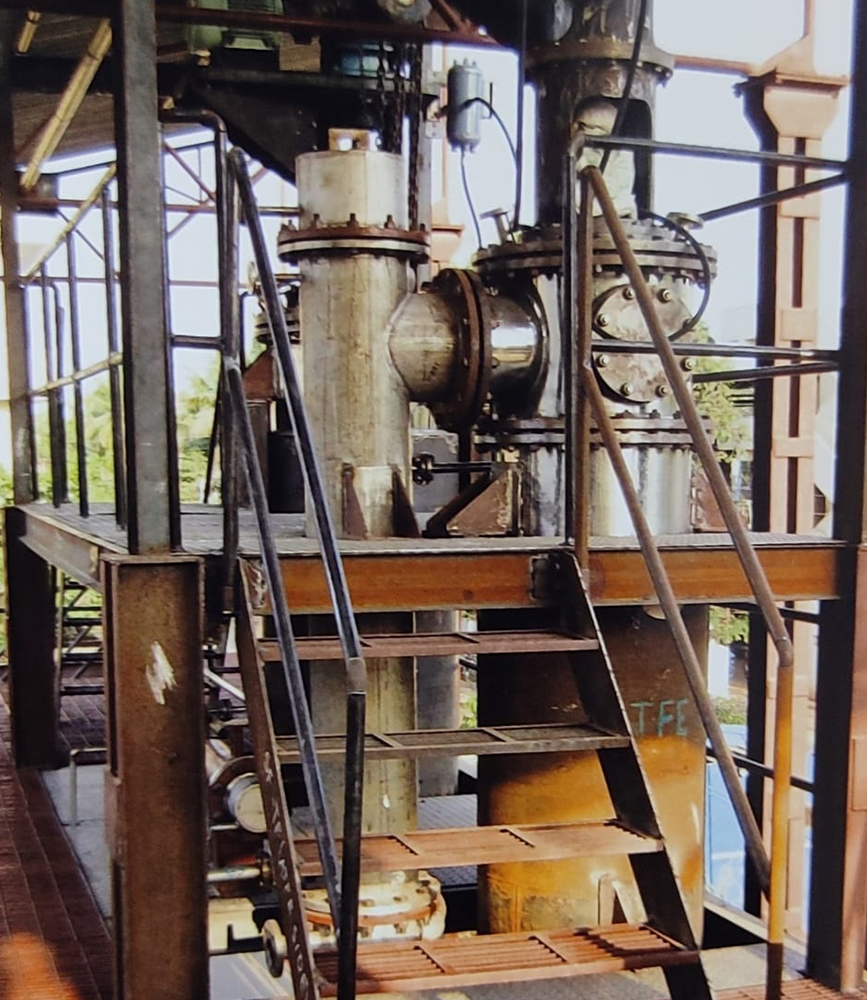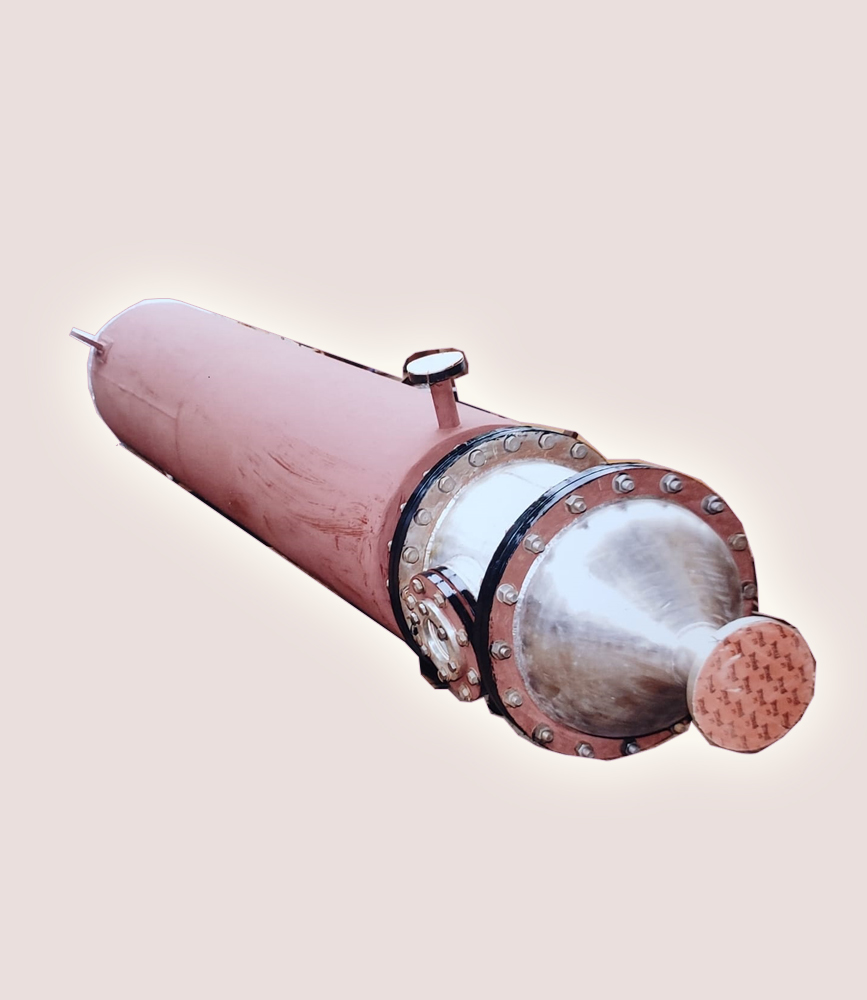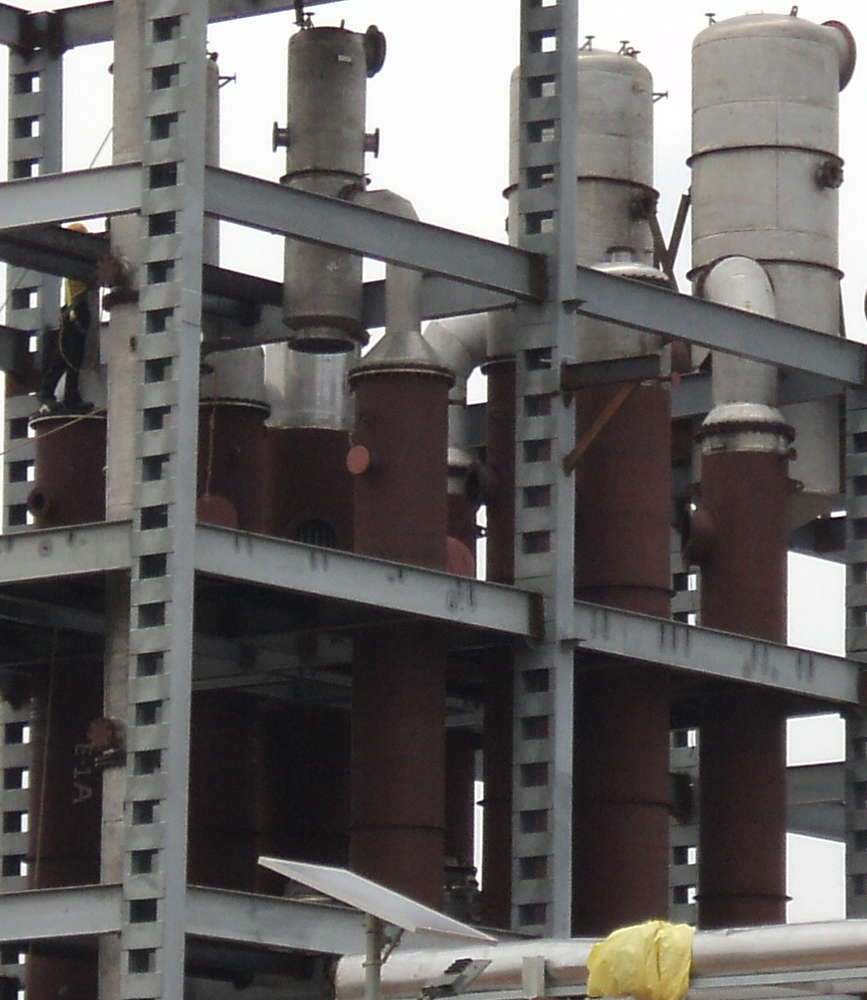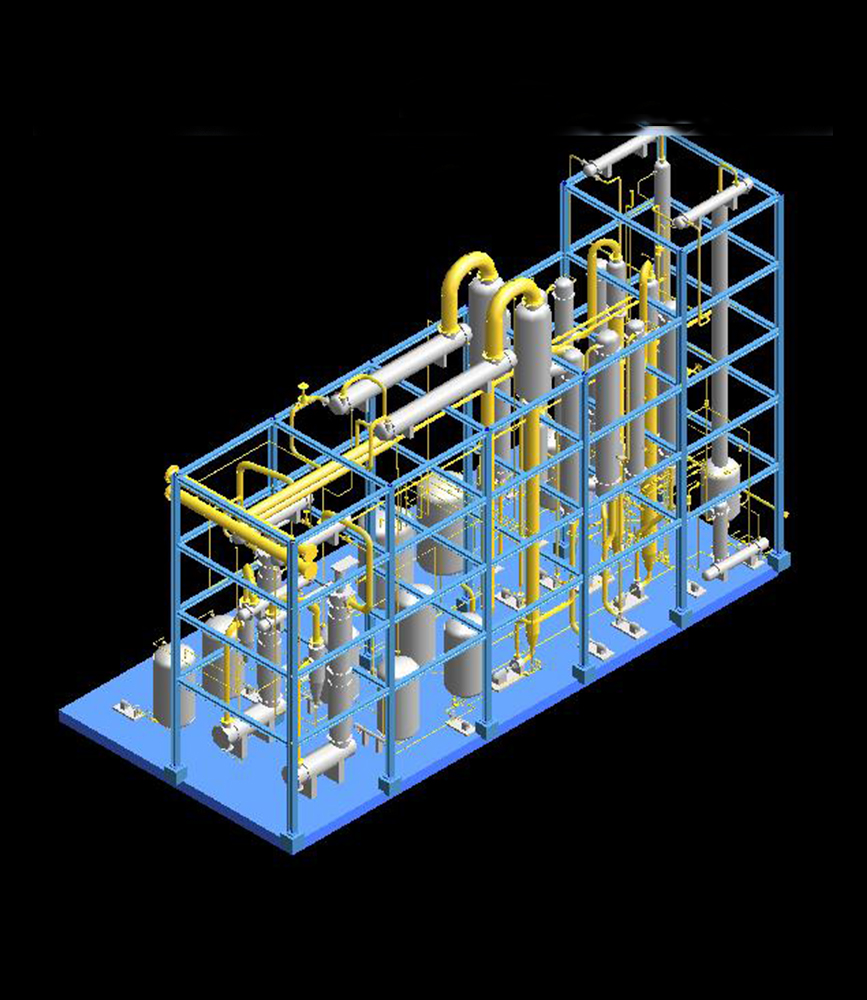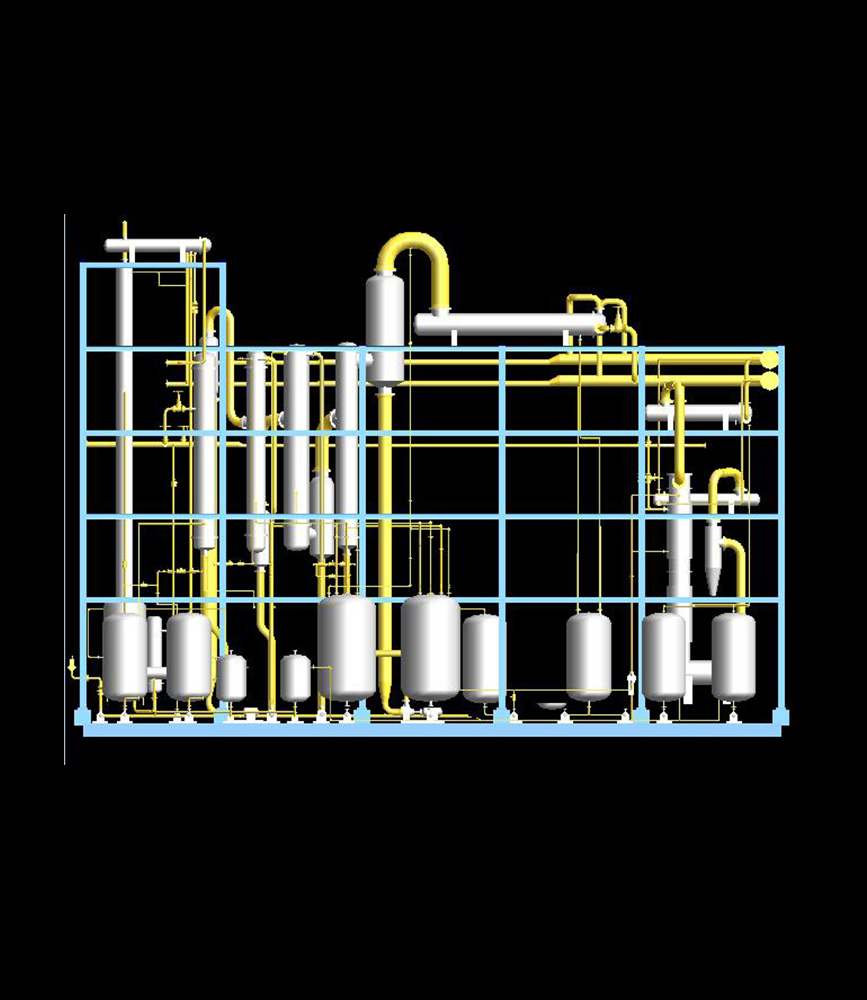- Do you need help? Here Us:
- +91 98857 04874
- mathesis@mathesis.co.in
EVAPORATORS MANUFACTURERS
Mathesis are the leading Evaporators Manufacturers. The Unit Process where Heat Transfer is carried out to a Boiling Liquid to Concentrate a Solution consisting of a Non Volatile Solute and a Volatile Solvent is Called Evaporation.
Evaporation is conducted by Vaporizing a Portion of the Solvent to produce a Concentrated Solution of Thick Liquor.
Evaporation Differs from Drying in where the residue is aLiquid–sometimes a Highly Viscous one-rather than a Solid.
It differs from Distillation where the Vapor is a Single component and even if the Vapor is a Mixture, no attempt is made in the Evaporation Step to separate the Vapor into fractions.
Types of Evaporators:
Being leading Evaporators Manufacturers. We provide below types of Evaporators
- Short Tube Horizontal Evaporators
- Upward Flow (Climbing Film)
- Downward Flow (Falling Film)
- Forced Circulation
- Agitated–Film Evaporators
Evaporator Selection Criteria
- Concentration Of Liquid Solubility
- Temperature Sensitivity of Material
- Foam & Frothing
- Pressure
- Temperature
- Scale Deposition
- Material of Construction
Short-Tube Vertical Evaporators
The Short-tube vertical evaporator, Short tubes are located vertically inside a steam chest enclosed by a cylindrical shell.
The short-tube evaporator has several advantages, low headroom, high heat transfer rates at high temperature differences, ease of cleaning, and low initial investment.
Disadvantages include large floor space and weight, relatively high liquid holdup, and poor heat transfer with low temperature differences or with high product viscosity. Natural circulation systems are not well suited for operation at high vacuum.
Short-tube vertical evaporators are best applied
- When evaporating clear liquids,
- Mild scaling liquids requiring less mechanical cleaning,
- Crystalline product when propellers are used,
- Some foaming products when inclined calandrias are used.
Short tube vertical evaporators have largely been replaced by long tube vertical units.
Raising Film(Climbing Film) Evaporators
Long-tube Vertical evaporators are Versatile and is often the lowest cost per unit of capacity normally are designed with tubes 1" to 2" in diameter and from 12' to 30' in length. These may be operated as once-pass or as recirculating evaporation systems.
Circulation of fluid across the heat transfer surface depends upon boiling and the high vapor velocities associated with vaporization of the liquid feed The effects of hydrostatic head upon the boiling point are quite pronounced for long-tube units.
The long-tube vertical evaporator offers several advantages: low cost, large units, low holdup, small floor space, good heat transfer over a wide range of applications.
Disadvantages include: high head room is needed, recirculation is frequently required, and they cannot be used for salting or severely scaling fluids.
They are best applied when handling clear fluids, foaming liquids, corrosive liquids, and large evaporation loads.
Falling Film Evaporators
Falling film evaporators, are long-tube vertical evaporators that depend upon gravity flow of a thin fluid layer from the top of the tubes, where the liquid is introduced, to the bottom of the unit where the concentrate is collected. Evaporation takes place on the surface of the falling liquid film which is highly turbulent.
In falling film evaporator and re-boiler design, equal fluid distribution among the tubes and film initiation are very important factors.
Heat transfer rates in falling film evaporators are relatively high even at low temperature differences across the liquid film.
Falling film evaporators, offer many advantages,
- The least expensive of the low residence time evaporators.
- Large volumes of dilute material.
- Large unit sizes, low liquid holdup, small floor space, and good heat transfer over a wide range of conditions.
Falling film units are well suited for
- Heat sensitive materials or for high vacuum application,
- Viscous materials,
- Low temperature differences.
Occasionally, rising and falling film evaporators are combined into a single unit.
Forced Circulation Evaporator
Evaporators in which circulation is maintained, independent of the evaporation rate or heating temperature, through the heating element are known as forced circulation evaporators.
Advantages of Forced circulation evaporators
- High rate of heat transfer.
- Positive circulation.
- Relatively less salting, scaling, and fouling.
- Ease of cleaning.
Disadvantages include
- Relatively high residence time.
- Need a centrifugal or propeller pumps for Circulation, incure its maintenance and operating costs.
Forced circulation evaporators are best applied for
- Evaporate crystalline, corrosive or viscous fluids.
- Evaporate in vacuum
- Evaporation of a high degree of concentration and close control of bottoms product concentration.
Agitated Thin-Film Evaporators
These evaporators, also called wiped-film or scraped-film evaporators, in this mechanical blades spreads the process fluid across the thermal surface of a single large tube All thin-film evaporators have essentially three major components: a vapor body assembly, a rotor, and a drive system.
Agitated thin-film evaporators are used for fourtypes of applications:
- Heat sensitive products
- Fluids with fouling tendencies
- Viscous materials
- Liquids containing a large amount of dissolved or suspended solids
Agitated Thin-film evaporator is an advantage for
- Minimizing thermal degradation of a heat sensitive product in an evaporation step. The mean residence time in the evaporator can be just seconds, therefore thin-film evaporators are widely used for heat sensitive food, pharmaceutical, and other chemical products.
- Thin-film evaporators are frequently used for extremely viscous fluids for concentrating streams with more than 25% suspended solids.
- Heat transfer coefficients for these types of materials in a thin-film evaporator are typically much greater than coefficients in any other type of evaporator for the same conditions.
Multiple Effect Evaporation System
Multiple Effect Evaporators, The use of multiple effects in series is quite common for evaporation of large amounts of dilute aqueous feed, requiring the evaporation of from thousands to hundreds of thousands of pounds per hour of water. The basic principle is to use heat given up by condensation in one effect to provide the re-boiler heat for another effect. In most multiple effect units, the overhead vapor from one effect is condensed directly in the heating element of the next effect.

